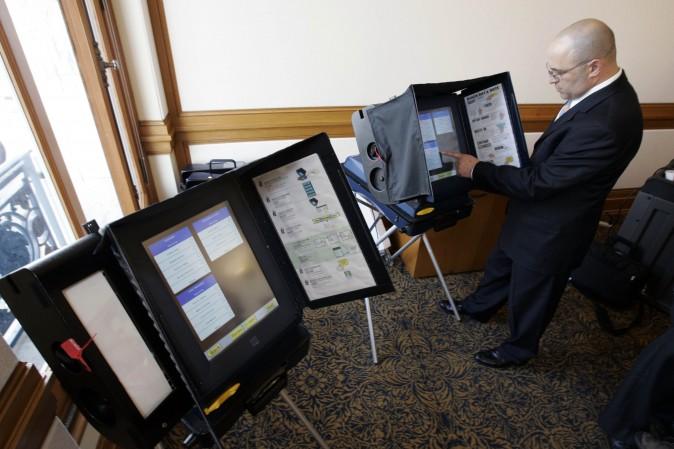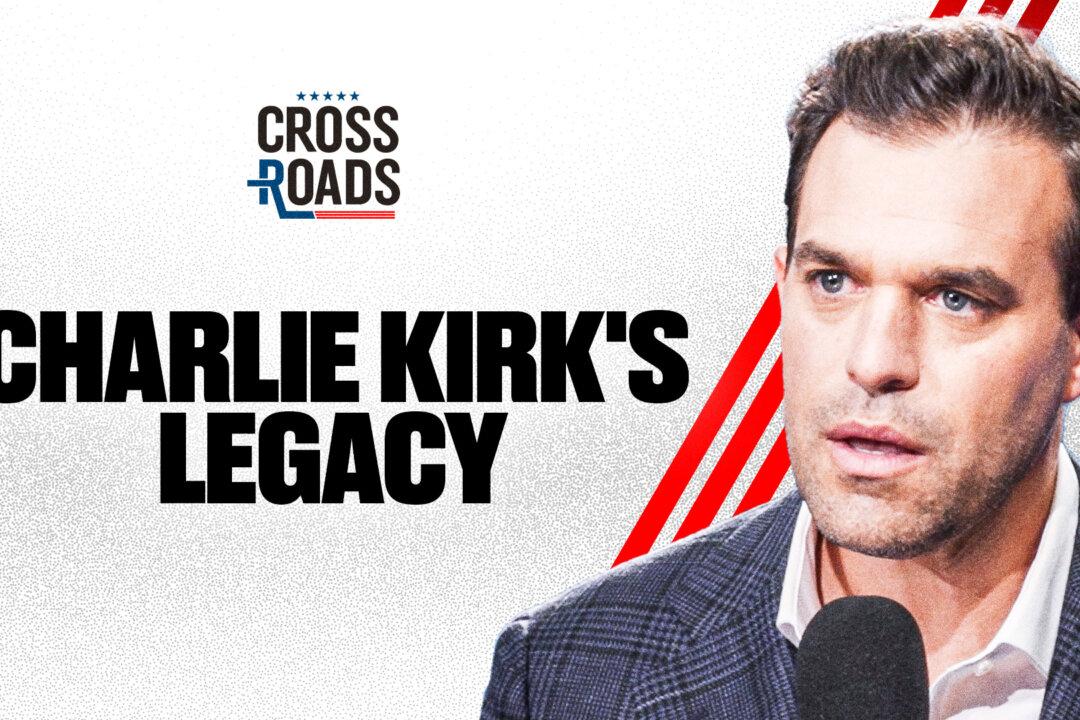President Donald Trump has asserted that 3 million votes may have been fraudulent in the last election, and on Jan. 25, his administration ordered the launch of a “major investigation” into that possibility.
While it’s too early to know what the investigation will uncover, we do know there were many documented discrepancies during the election that warrant a closer look, and experts say existing vulnerabilities in the election system would have made fraud easy.
Irregularities
In Florida’s Broward County, one of the swing counties, election employees were allegedly caught filling out stacks of stolen absentee ballots. This was described in a Nov. 3, 2016, affidavit filed by Chelsey Marie Smith, a former employee of the Secretary of Elections Department.
In Philadelphia, state Attorney General Bruce Beemer said his office was investigating a “pattern of voter registration irregularities” across Pennsylvania. CBS Pittsburgh reported on Nov. 4, 2016, “agents say a company called FieldWorks was paying people to register voters,” and “that company may have required workers to meet a quota.” Some of the registrations had addresses from non-existent locations, according to Republican Rep. Pat Meehan.
Police raided the FieldWorks offices in early November looking for documents used to “construct fraudulent voter registration forms.” The Pennsylvania Attorney General’s Office suspected “tampering with public records or information,” or violations of an act regulating military and overseas ballots.
In Pittsburgh, some Trump voters reported seeing their ballots switch on screen to Hillary Clinton, according to a Nov. 8, 2016, story from CBS Pittsburgh.
Voting Machines






